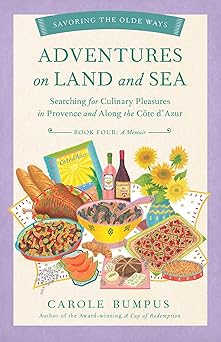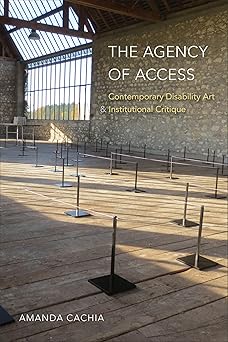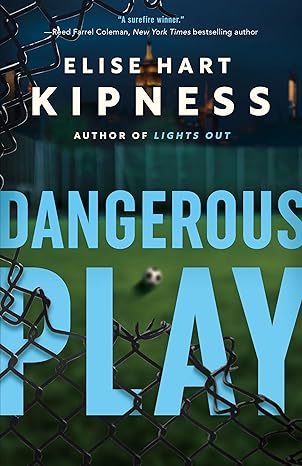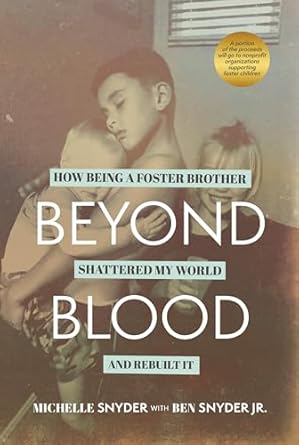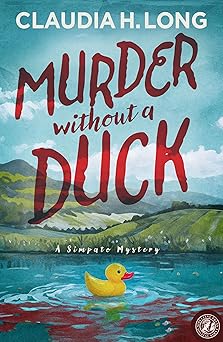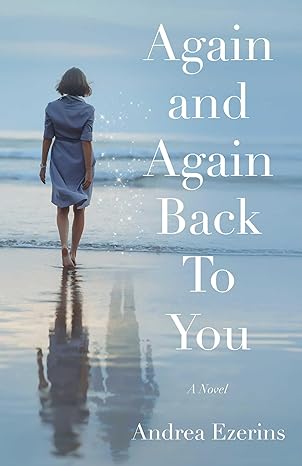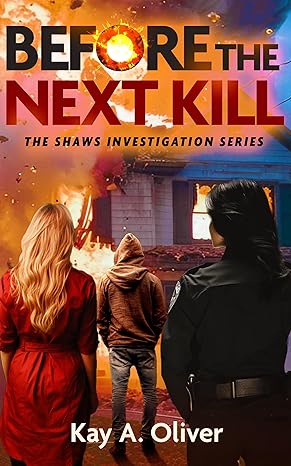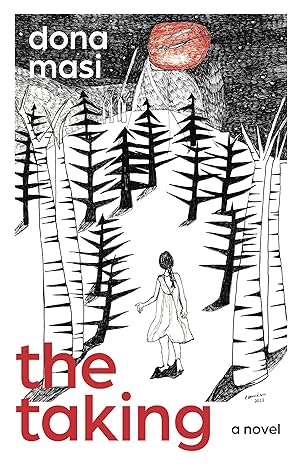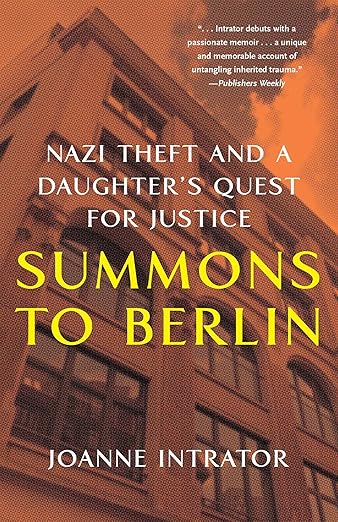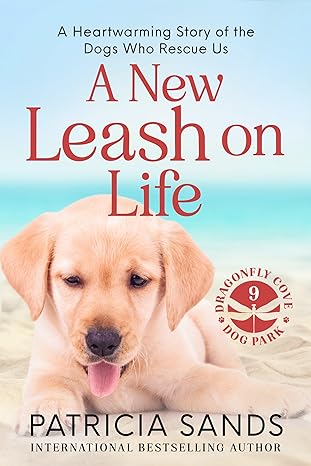The Power Of Music In Writing
 Most writers passionately declare that they either Do or Do Not listen to music when they write—the issue is about as divisive as plotters vs. pantsers or people who like pineapple on pizza vs. those who don’t. If you’ve never tried writing with music or fall into that Do Not camp, I’m here to encourage you to try it (or try it again) in new ways. Even writers who typically listen to music when they write, don’t actually use it in their writing. It serves as background noise to drown out other sounds, or as a tool to get a writer in the proper headspace.
Most writers passionately declare that they either Do or Do Not listen to music when they write—the issue is about as divisive as plotters vs. pantsers or people who like pineapple on pizza vs. those who don’t. If you’ve never tried writing with music or fall into that Do Not camp, I’m here to encourage you to try it (or try it again) in new ways. Even writers who typically listen to music when they write, don’t actually use it in their writing. It serves as background noise to drown out other sounds, or as a tool to get a writer in the proper headspace.
But there’s so much more that music can do in our storytelling.
It was Charles de Lint’s Author Note at the front of The Onion Girl that sparked my own experiments in using music to inform and shape my work. De Lint writes about the song that inspired the title (and form) of his novel, about the music that “swayed” him during the year or so he lived in Jilly Coppercorn’s heartbreaking and uplifting story, and about the tunes he listened to as he was doing the actual writing. His “playlist” offers readers an insight not only into his process but also into the development of the characters and the evolution of their stories.
Music can certainly be an effective way of easing us into a particular mood or mindset as we’re writing. When I was working on my first book, Bohemian Gospel, which starts in a 13th century Norbertine Abbey, I had the Gregorian chants of the monks at Santo Domingo De Silos on repeat. They transported me back in time and into sacred space—essential for what I was writing.
A writer can also fill the space away from the computer with relevant song. My students, who navigate full class loads, jobs, and social demands, are always asking about ways to “stay in the story” so they’re ready to write when their schedules give them the time. Strategic listening when not writing can keep the writer primed so they can hit the page running. Building a character’s playlist can sometimes offer insight into characters you’re having a hard time getting to know. Listening to a playlist shaped around a character’s emotional journey can let your subconscious work out problems when you’re away from the keyboard.
But you can also use a song or piece of music as a kind of scaffolding for pacing a scene. In this case, the writer’s focus is more on the actual music—the rhythms, the melodies and counter-melodies, the textures, the dissonance, and the harmony—rather than the lyrics, if there are any. You don’t have to be able to identify any of those things by name in order to use them, either. You just have to learn to listen for the story in the music.
In fact, in some ways, having prior musical knowledge can sometimes get in the way—a musician tends to identify and define what they’re listening to rather than just relaxing into what they’re hearing. They have to work at being a passenger and letting the song take them where they need to go.
I started playing flute when I was ten and played throughout college. I was so obsessed with getting everything “right” that I sometimes struggled to have a more organic, more artistic relationship with the music. My studio professor, Dr. Joe Bonner, knew I was a writer, so when I was working on a C. Ph. E. Bach sonata and fighting fingerings and runs, Dr. Bonner told me to write the story I heard in the music. Like a magic spell, it unlocked a whole new world for me. I learned to “see” the story in the music and so could then use the music to help me build story.
This approach can be particularly helpful when wrestling with a difficult scene. In The Devil’s Bible, one of my characters has to move through a terrible moment of loss while he’s in an unfamiliar place and unsure of what’s happening. Because it was so painful for him (and for me), I kept rushing through the scene—it was truncated and dead. During one of my “away from the computer” moments, Laura Marling’s “Howl” started to play, and the scene unfolded in my head like a flower suddenly blooming. As I followed the progression of the music, I could see the progression of the scene, held for a moment outside of time, unreal, the way moments of tragedy often play out in real life.
Music is at its most powerful in a story when it serves as mood builder, pacing scaffold, and bridge for the reader all in one. In Book of the Just, I have a scene where characters are in different places in the house and dealing with a cascade of disparate emotions. It’s a lot to juggle, especially because the scene builds to a dramatic climax. I found the exact recording of the Christmas carol I needed to set the right tone. Then I realized the scene could be built around the rise and fall of the music and the melody and the descant, and that the lyrics worked as powerful foreshadowing to serve as both tension and unifying thread. That’s when all of the pieces fell into place. If I’ve done my job well, the scene can serve as a moment of confluence for the reader where they can hear what I heard while I was writing and where we both hear and feel what the characters are experiencing in the scene.
For one magic moment, the music will hold us all together as one.
—
Dana Chamblee Carpenter is the author of Book of the Just, the third novel in The Bohemian Trilogy. The first book in the series, Bohemian Gospel, won the 2014 Killer Nashville Claymore Award. Publishers Weekly called it “a deliciously creepy debut.” Her second book, The Devil’s Bible, also received rave reviews. Booklist said: “Carpenter’s follow-up to her debut novel, Bohemian Gospel, is as richly woven as her first. A terrific follow-up.” Book of the Just is due out in October 2018.
She teaches at a university in Nashville, TN where she lives with her husband and two children, who are desperately trying to turn the house into a model of Luna Lovegood’s eccentric home with glass beads and bells and little figures nestled into every nook and cranny. Hopefully there aren’t any exploding dragon horns.
https://danachambleecarpenter.com/
https://twitter.com/danaccarpenter
https://www.instagram.com/danaccarpenter/
About THE BOOK OF JUST
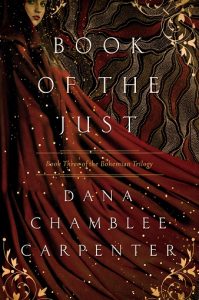 After centuries of searching, Mouse now has everything she’s ever wanted within her reach―a normal life, a lover, a brother. What will she risk to keep them?
After centuries of searching, Mouse now has everything she’s ever wanted within her reach―a normal life, a lover, a brother. What will she risk to keep them?
Cherished by a Father, coveted by a king, loved by an almost-priest; tormented by demons, tortured by a madman, hunted by a cult, hounded by her father. Mouse has survived it all. But then, she was never just a girl.
Despite Mouse’s power, her father always wanted a son―and now, at long last, he has him. And Mouse has a brother, someone else in the world just like her. Though she’s never met him, the hope of what they might mean for each other tugs at her soul, even as it terrifies her lover, Angelo.
Hiding among a tribe of the Martu in the isolation of the Australian outback near the edges of Lake Disappointment, Mouse and Angelo have seemingly evaded at least one of the predators hunting them. Carefully dropping bogus breadcrumbs across Europe, they misdirect the Novus Rishi, a ruthless cult that wants Mouse as the ultimate weapon in their battle against evil. But when unnerving dreams start to plague Angelo, and the ancient beings of the Martu’s Dreaming send prophetic warnings that include visions of Mouse at her father’s side, the two lovers realize it’s time to act. With nowhere left to run, Mouse and Angelo prepare for a last showdown with their enemies. As they chase after legendary ancient weapons ensconced in the ages old battle between good and evil, Mouse and Angelo must each decide if a final victory is worth the cost.
Book of the Just continues Mouse’s story after The Devil’s Bible and completes the journey she started so long ago in Bohemian Gospel. Imbued with a rich sense of history, magic, and mythology, this explosive final installment in Mouse’s journey will keep you captivated until the very end.
Category: Contemporary Women Writers, How To and Tips






